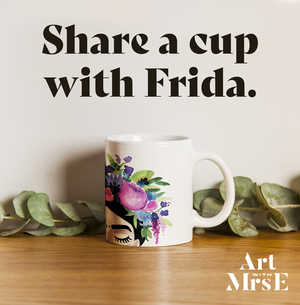Display Ideas
Oct 11, 2021
Oversized Symmetrical Sugar Skulls (Part 1)
Let's learn about the Mexican holiday, Dia de los Muertos by creating an oversized symmetrical sugar skull in art class! This lesson is hands on, fun and has the perfect books to accompany it!
Sep 7, 2021
Collaborative “I am Human” Display
With Dot Day coming soon (September 15), I thought I would share another collaborative display that my ...
Aug 31, 2021
Dot Day Rainbow Display
Rainbow Dot Day Display from September 2017
Dot Day is coming! Did you know the beloved children’s ...




